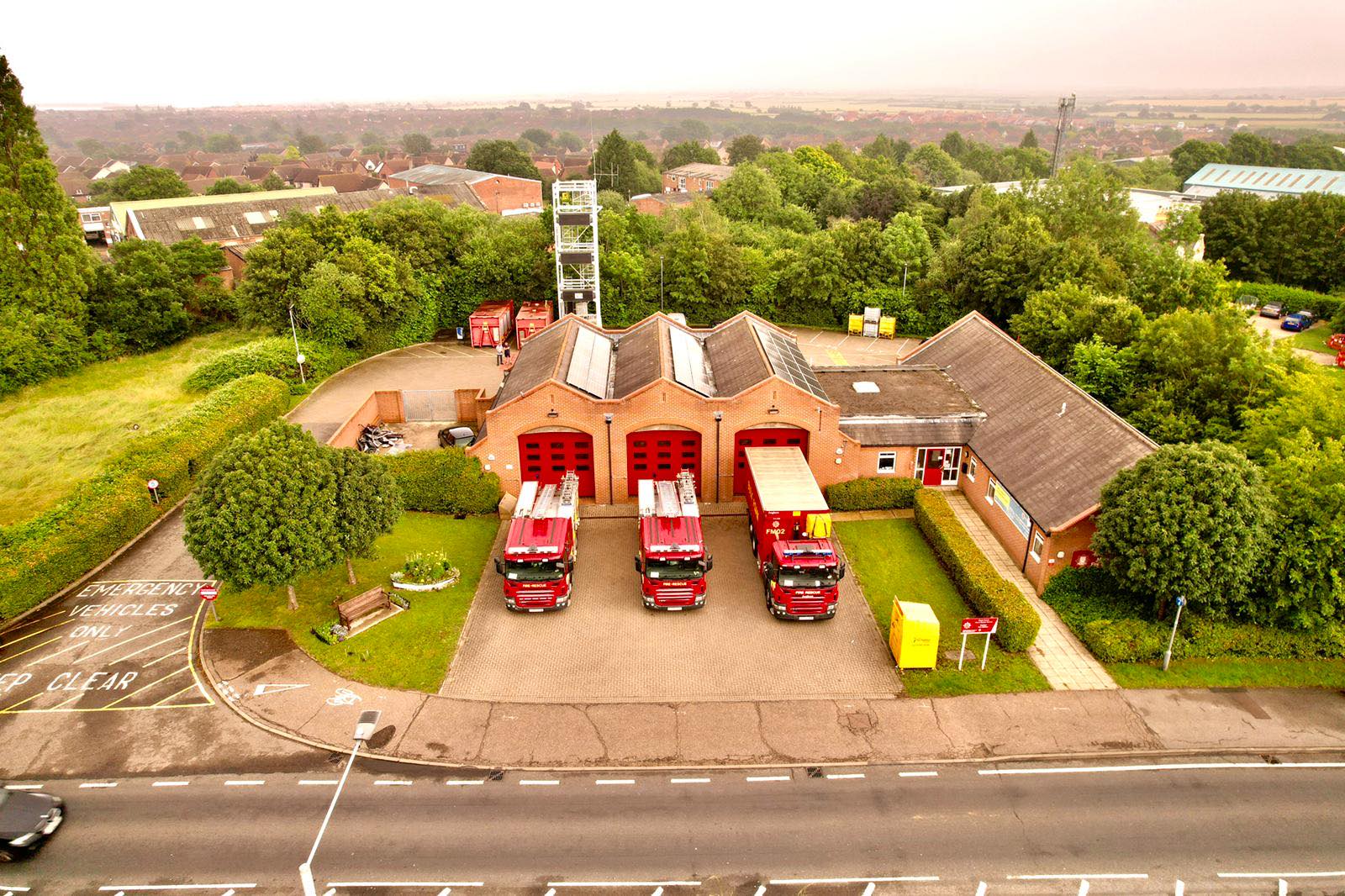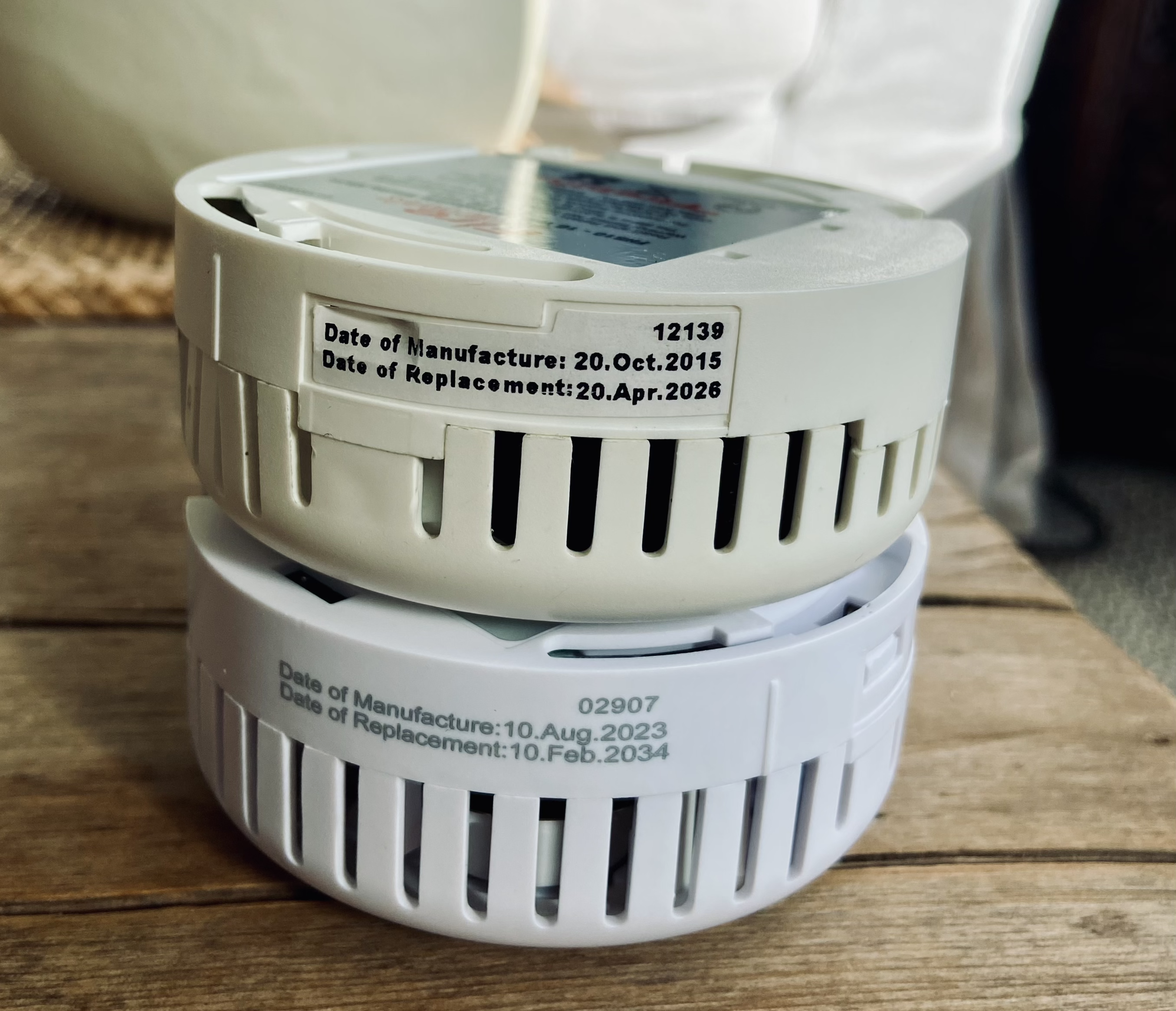The Pump Escape, by Murray Beale
The Essex Fire Museum very proudly contains in its collection two examples of one of Britain’s most iconic fire engines. The Dennis F12 and F28 Pump Escapes.
In the 1960s the traditional style and design of fire appliances had reached a zenith. Possibly the most charismatic vehicle on the fire service inventory was the Pump Escape (P.E.). To the children of the late 1940s, 50s and 60s it was ‘the fire engine with the big wheels at the back’. Although now consigned to history, the P.E. was a very comprehensive fire-fighting machine.
The wheeled escape ladder evolved in the 1830s because of the need to rescue people from buildings of three or more floors. Long ladders were needed but they were heavy and difficult to manoeuvre. Before long they began to be mounted on a wheeled carriage to make them more transportable. Because of their size, these wooden escape ladders could weigh nearly one ton and were usually stationed by major road junctions or well known local buildings so that they could be wheeled to fires.
In the late 1800s the Metropolitan (London) Fire Brigade designed a horse drawn vehicle which could carry a wheeled escape ladder. This enabled the ladders to be kept at fire stations, thus reducing the number of ladders left out in the streets, but also the vehicle could get to a fire more quickly than the hand pushed ladder. However the ‘Escape Van’ as it was called, did not carry a pump and therefore it was necessary to send a pumping appliance, usually a horse drawn steamer, to the fire as well.
Motorised fire engines come into service in the early part of the 20th Century, but the Escape Van still prevailed, although, now motorised, it was called the Motor Escape Van.
In the less wealthy fire brigades the cost of a new fire engine was a major part of the Brigade’s budget and as a consequence a new type of vehicle began to appear. It carried an integral pump and all the necessary equipment for fire- fighting, but also it could carry a wheeled escape.
These vehicles were often called ‘combination appliances’. Although the big fire brigades still persisted with separate ‘motor pumps’ and ‘motor escape vans’ into the 1930s, eventually they too turned to the idea of combining the two vehicles into one. These vehicles were called ‘Dual Purpose Appliances. After the Second World War a standardised system of vehicle type names was introduced and Pump Escape was the name given to these appliances.
In the 1960s and 70s a new type of ladder began to enter service. It was constructed of light alloy material and could reach 13.5 metres high. It could easily be carried by a crew of 4 and was far more easily maintained than the old wooden escapes.
The ‘135 Ladder’ as it became known eventually replaced the old escape ladders and the Pump Escape fire engine was consigned to history.
All Fired Up’ is a series of articles written by our Museum volunteers about the history of the fire service in Essex.
Volunteers spend many hours researching the collection, often uncovering untold stories and finding interesting facts that would otherwise be lost.
To share these invaluable snippets of history with you we are making some of this research available. Read the full list here.


